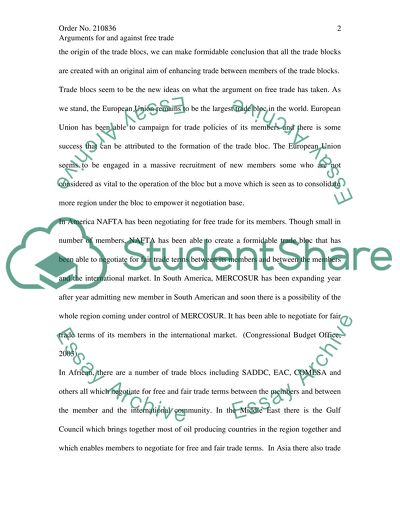Cite this document
(“Outline the arguments for and against free trade Essay”, n.d.)
Retrieved from https://studentshare.org/politics/1526290-outline-the-arguments-for-and-against-free-trade
Retrieved from https://studentshare.org/politics/1526290-outline-the-arguments-for-and-against-free-trade
(Outline the Arguments for and Against Free Trade Essay)
https://studentshare.org/politics/1526290-outline-the-arguments-for-and-against-free-trade.
https://studentshare.org/politics/1526290-outline-the-arguments-for-and-against-free-trade.
“Outline the Arguments for and Against Free Trade Essay”, n.d. https://studentshare.org/politics/1526290-outline-the-arguments-for-and-against-free-trade.


